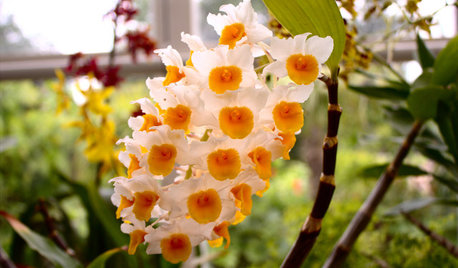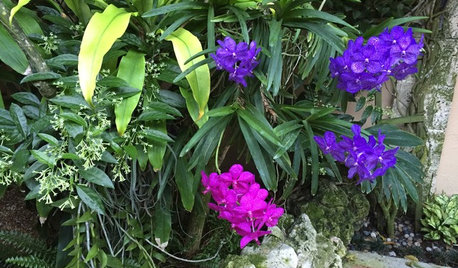Dendrobium aggregatum question
littlem_2007
16 years ago
Featured Answer
Sort by:Oldest
Comments (14)
gardnergal
16 years agolast modified: 9 years agolittlem_2007
16 years agolast modified: 9 years agoRelated Professionals
Forest City Landscape Architects & Landscape Designers · Cicero Landscape Contractors · Gurnee Landscape Contractors · Hollywood Landscape Contractors · Mahwah Landscape Contractors · Richmond Landscape Contractors · Weymouth Landscape Contractors · New Bern General Contractors · Flint General Contractors · Geneva General Contractors · Hillsborough General Contractors · Holly Hill General Contractors · Rossmoor General Contractors · Tamarac General Contractors · Woodmere General Contractorsyuewenw
16 years agolast modified: 9 years agogardnergal
16 years agolast modified: 9 years agohoward_a
16 years agolast modified: 9 years agogardnergal
16 years agolast modified: 9 years agolittlem_2007
16 years agolast modified: 9 years agohoward_a
16 years agolast modified: 9 years agolittlem_2007
16 years agolast modified: 9 years agopetite_orange
16 years agolast modified: 9 years agopetite_orange
16 years agolast modified: 9 years agosambac
16 years agolast modified: 9 years agolittlem_2007
16 years agolast modified: 9 years ago
Related Stories

HOUSEPLANTSOrchids 101: Try Something Different With Dendrobiums
If you’re looking for something out of the ordinary, these orchids may be a good choice
Full Story
HOUSEPLANTSHow to Grow Orchids Indoors
Orchids are the exotic aristocrats of the flower world and can make themselves comfortable in almost any home
Full Story
INSPIRING GARDENSThe Garden That Orchids Built
The owners of a famous orchid nursery create a sanctuary for themselves in South Florida
Full StorySponsored
More Discussions








littlem_2007Original Author